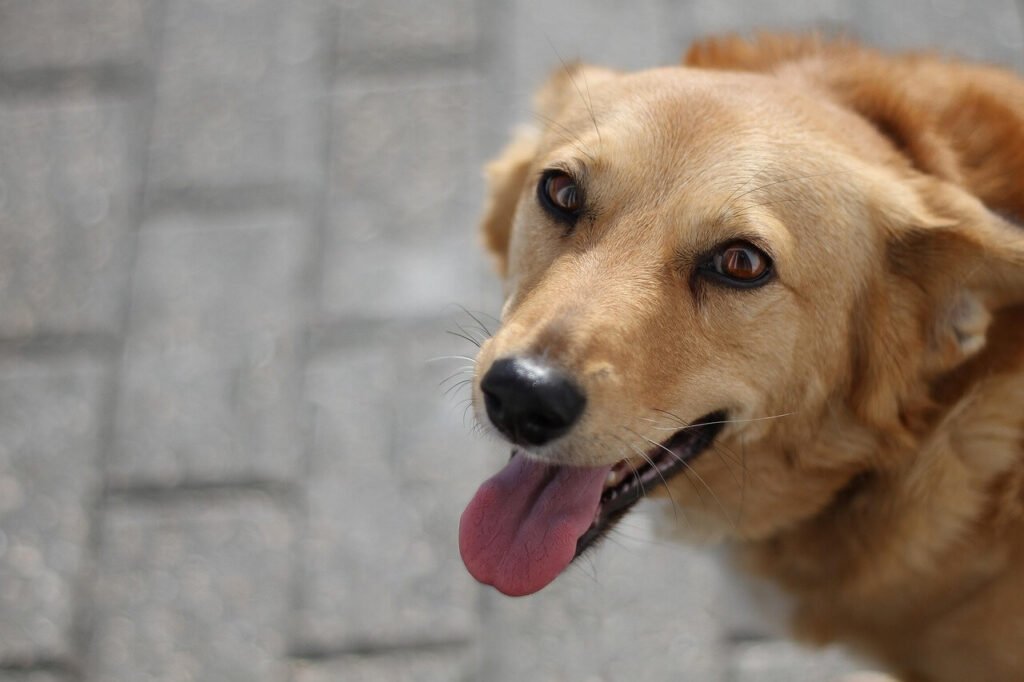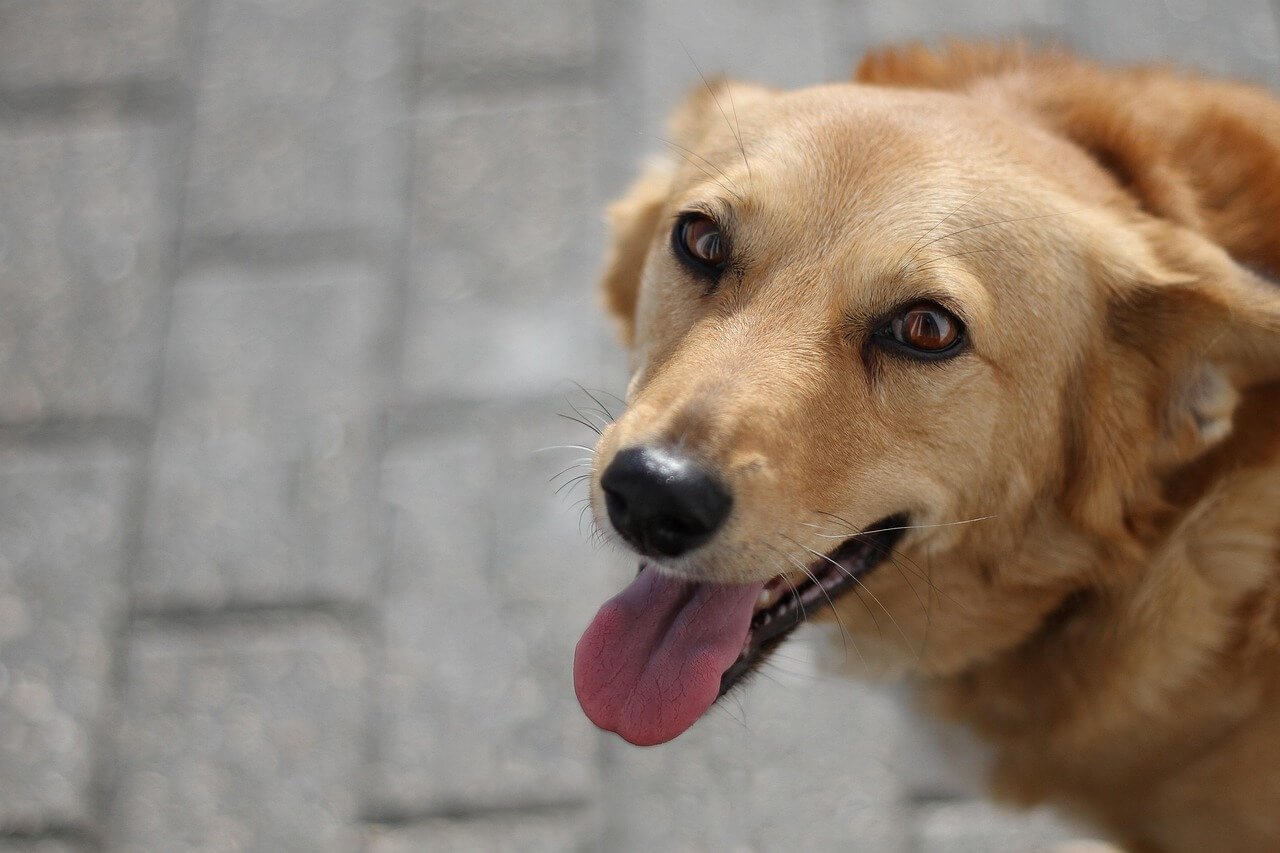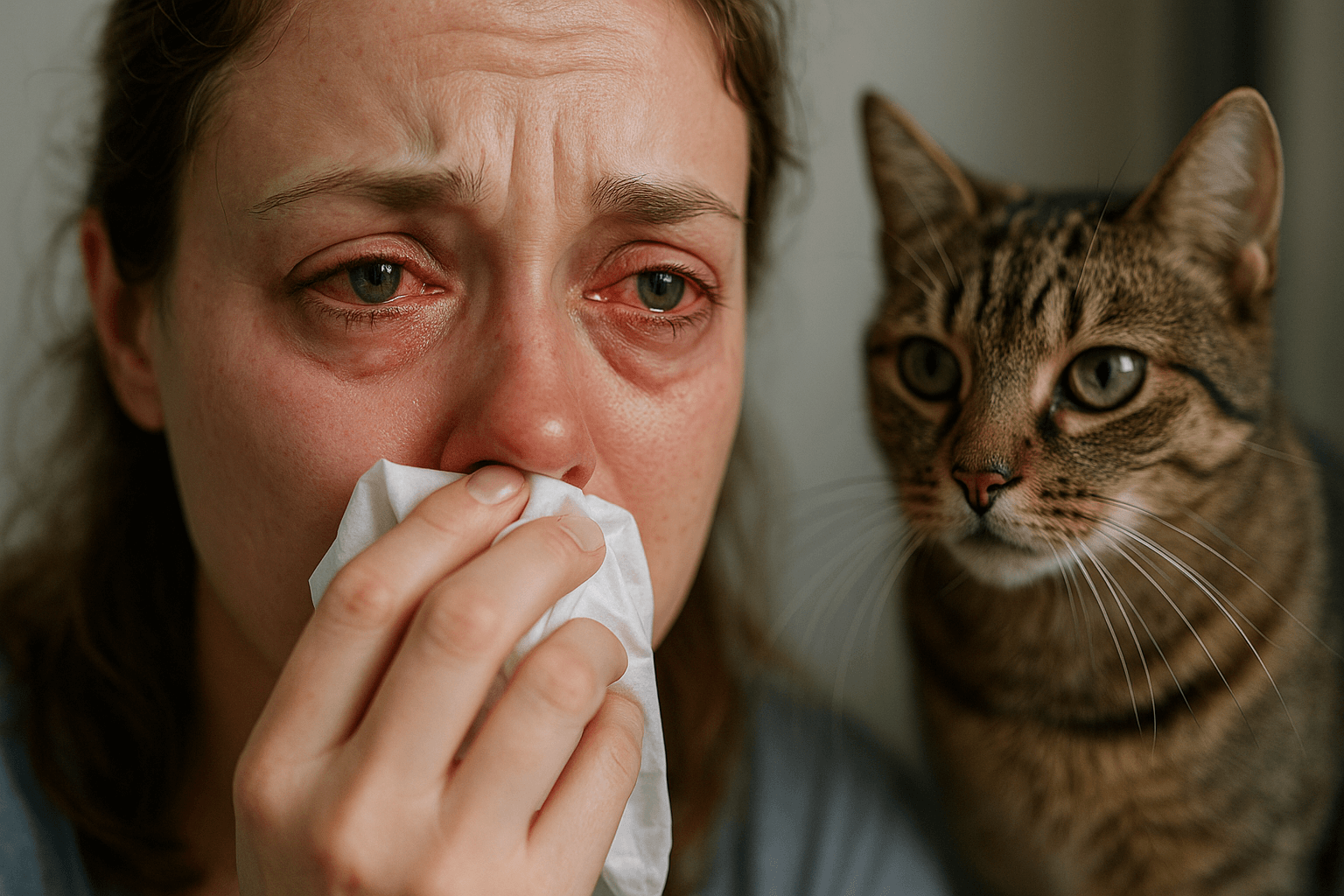What to Do If Your Dog Ate Deodorant: A Guide for Concerned Pet Owners
Dogs are naturally curious creatures, and sometimes their curiosity leads them to chew or ingest things they shouldn’t—like deodorant. If your dog has eaten deodorant, you might be wondering whether this is cause for concern and what steps you should take next. While not all deodorants are highly toxic, some ingredients can pose risks depending on the amount ingested and your dog’s size. In this blog post, we’ll explore the potential dangers of deodorant ingestion, how to assess the situation, and what actions you should take to ensure your dog’s safety. By the end, you’ll feel more confident handling this unexpected scenario and keeping your furry friend healthy.
Why Is Deodorant Dangerous for Dogs?
While deodorant might seem harmless, certain ingredients can be harmful to dogs if ingested. Understanding the potential risks will help you determine the severity of the situation. Here’s what makes deodorant dangerous for dogs:
Aluminum Compounds: Found in many antiperspirants, these compounds can irritate the digestive tract if consumed in large amounts.
Fragrances and Essential Oils: Some scents or oils used in deodorants may cause gastrointestinal upset or allergic reactions.
Propylene Glycol: This common ingredient can be toxic to dogs if ingested in significant quantities.
Plastic or Packaging Material: If your dog chewed through the container, they might have swallowed small pieces that could cause blockages.
Chemical Irritation: The combination of ingredients in deodorants can irritate your dog’s mouth, throat, or stomach lining.
While mild ingestion may only lead to minor symptoms, it’s important to monitor your dog closely for any signs of distress. If you’re unsure about the severity, err on the side of caution and consult a veterinarian.
Signs Your Dog May Be Affected by Ingesting Deodorant
If your dog ate deodorant, it’s crucial to watch for symptoms that indicate they’re experiencing discomfort or toxicity. Early detection can make a big difference in addressing potential issues. Here’s what to look for:
Vomiting or Diarrhea: These are common signs of gastrointestinal irritation caused by ingesting non-food items.
Excessive Drooling: Drooling can indicate nausea or irritation in your dog’s mouth or throat.
Lethargy or Weakness: A sudden lack of energy may suggest your dog is feeling unwell or suffering from toxicity.
Loss of Appetite: Refusal to eat meals could signal stomach discomfort or illness.
Choking or Coughing: If your dog swallowed parts of the packaging, they might experience choking or respiratory issues.
If you notice any of these symptoms, contact your veterinarian immediately. Even if your dog seems fine, it’s wise to monitor them closely for the next 24-48 hours.
Check this guide 👉What to Do If Your Dog Ate Lip Balm: Best 7 Tips!
Check this guide 👉What to Do If Your Dog Ate Tissue with Snot: Best 7 Tips!
Check this guide 👉What to Do If Your Dog Ate Dental Floss: Best 7 Tips!

Symptoms to Watch For | What They Might Indicate |
|---|---|
Vomiting or Diarrhea | Gastrointestinal irritation or toxicity |
Excessive Drooling | Nausea or oral irritation |
Lethargy or Weakness | Potential toxicity or systemic reaction |
Loss of Appetite | Stomach discomfort or illness |
Choking or Coughing | Possible blockage from packaging material |
Steps to Take If Your Dog Ate Deodorant
If your dog has eaten deodorant, staying calm and taking appropriate action is essential. Here’s what you should do:
Assess the Situation: Determine how much deodorant was consumed and check the ingredient list for potentially harmful substances.
Remove Any Remaining Deodorant: Prevent further ingestion by removing the deodorant or its packaging from your dog’s reach.
Rinse Their Mouth: If your dog’s mouth is irritated, gently rinse it with water to remove residual chemicals.
Monitor for Symptoms: Keep a close eye on your dog for signs of distress, such as vomiting, lethargy, or difficulty breathing.
Contact Your Veterinarian: If your dog ate a large amount or shows concerning symptoms, seek professional advice promptly.
Acting quickly and responsibly ensures your dog stays safe and healthy. Most cases resolve without issue, but vigilance is key.
How to Prevent Your Dog from Eating Deodorant
Preventing your dog from eating deodorant or other non-food items is the best way to avoid potential problems. Here are some practical tips to keep your pup safe:
Store Deodorant Safely: Keep deodorant and other personal care products out of reach, preferably in closed drawers or cabinets.
Supervise Curious Dogs: If your dog tends to explore countertops or trash cans, supervise them closely to prevent access to harmful items.
Use Chew Toys as Distractions: Provide plenty of engaging chew toys to redirect their chewing instincts away from inappropriate objects.
Train Basic Commands: Teach commands like “leave it” or “drop it” to stop your dog from picking up forbidden items.
Dog-Proof Your Home: Regularly inspect your living space for hazards and remove anything that could tempt your dog to chew or eat.
By implementing these strategies, you can minimize the chances of your dog snacking on deodorant or other hazardous items. Prevention is always better than dealing with the aftermath.
Common Household Items That Are Dangerous for Dogs
While deodorant is one potential hazard, there are many other household items that can pose risks to your dog if ingested. Being aware of these dangers can help you create a safer environment for your pet. Here’s a list of common hazards to watch out for:
Cleaning Products: Many household cleaners contain chemicals that can irritate your dog’s skin or cause poisoning if licked or swallowed.
Medications: Human medications like ibuprofen or antidepressants can be toxic to dogs even in small amounts.
Food Items: Chocolate, grapes, onions, and xylitol-sweetened products are highly dangerous for dogs.
Small Objects: Coins, batteries, and small toys can cause choking or internal blockages if swallowed.
Plants: Some houseplants, like lilies or philodendrons, are toxic to dogs and should be kept out of reach.
By identifying and securing these items, you can significantly reduce the risk of accidental ingestion and keep your dog safe from harm.
Signs Your Dog May Have Ingested Something Toxic
If your dog has eaten something potentially harmful, such as deodorant or another toxic item, there are specific signs that may indicate poisoning or discomfort. Recognizing these symptoms early can save your dog’s life. Here’s what to look for:
Excessive Drooling: This could indicate irritation in the mouth or digestive tract caused by toxic substances.
Vomiting or Diarrhea: These are common reactions to ingesting harmful items and may indicate gastrointestinal distress.
Difficulty Breathing: Labored breathing can suggest that your dog has inhaled or ingested something toxic.
Seizures or Tremors: Neurological symptoms often point to severe toxicity and require immediate veterinary attention.
Behavioral Changes: Lethargy, agitation, or confusion may signal that your dog is feeling unwell due to ingestion.
If you notice any of these signs, it’s crucial to act quickly and seek professional help. Early intervention can make all the difference in treating toxicity.
Tips for Training Your Dog to Avoid Non-Food Items
Training your dog to avoid eating non-food items is an essential step in preventing incidents like ingesting deodorant. With patience and consistency, you can teach your dog healthier habits. Here are some tips to help you get started:
Use Positive Reinforcement: Reward your dog with treats or praise when they ignore or leave forbidden items alone.
Practice “Leave It” Command: Teach your dog the “leave it” command to stop them from picking up dangerous objects.
Provide Mental Stimulation: Engage your dog with puzzle toys or interactive games to reduce boredom-driven chewing.
Supervise During Playtime: Keep an eye on your dog during play or exploration to prevent access to hazardous items.
Redirect Their Attention: If your dog shows interest in something unsafe, redirect them to a toy or treat instead.
By incorporating these training techniques into your routine, you can help your dog develop better habits and reduce the likelihood of them eating harmful items. A well-trained dog is a safer and happier dog!
Frequently Asked Questions About Dogs Eating Deodorant
Is it dangerous if my dog ate deodorant?
It depends on the amount ingested and the ingredients. Most cases result in mild symptoms, but consult a vet if you’re concerned.
What should I do if my dog ate a lot of deodorant?
Monitor for symptoms and contact your veterinarian immediately for guidance.
Can deodorant cause poisoning in dogs?
Some ingredients, like aluminum compounds or propylene glycol, can be toxic if consumed in large quantities.
How can I stop my dog from eating non-food items?
Use training, supervision, and enrichment activities to redirect their behavior and address underlying causes like boredom or anxiety.
When should I take my dog to the vet?
Seek veterinary care if your dog shows signs of vomiting, lethargy, difficulty breathing, or if they’ve ingested a significant amount of deodorant.
In Conclusion: Keeping Your Dog Safe After Eating Deodorant
Finding out that your dog ate deodorant can be unsettling, but with prompt action and careful monitoring, most cases resolve without serious consequences. By understanding the potential risks, recognizing symptoms, and taking preventive measures, you can ensure your dog’s safety and well-being. Remember, dogs will always be curious, and part of being a responsible pet owner is guiding them toward healthier habits. If you ever feel unsure about your dog’s health after such an incident, don’t hesitate to reach out to your veterinarian for guidance. With patience and care, you can keep your furry friend happy, healthy, and out of trouble.
Why Is My Cats Second Eyelid Showing? Best 7 Expert Tips! Understand causes, health signs, and how to respond when your cat’s third eyelid becomes visible.
How Do I Know If My Cat Died Peacefully? Best 7 Expert Tips! Discover the quiet signs of a peaceful feline passing and find comfort in their final moments.
Cat Allergy Eyes: Best 7 Expert Tips! Discover why your eyes react to cats and learn proven strategies for relief—without giving up your feline friend.
Why Do Abyssinian Cat Colors Matter? Best 7 Expert Tips! Discover the genetics, rare hues, and care secrets behind Abyssinian coat colors for a healthier, happier cat.





